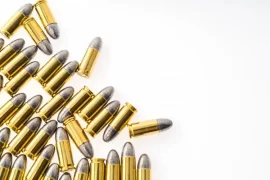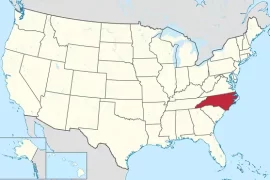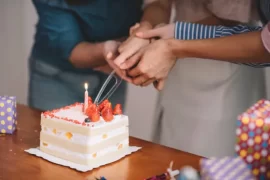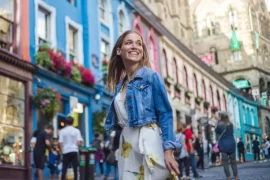Are you a fan of the Avatar franchise and can’t wait for the next installment –Avatar: The Way of Water? If so, you won’t want to miss this article about the surprising Secrets of Avatar 2.
In this piece, we’ll uncover some of the most unexpected and intriguing details about the highly-anticipated sequel, giving you a sneak peek into the world of Pandora and beyond.
From new characters and plot twists to groundbreaking technology and behind-the-scenes secrets, this article is sure to satisfy your Avatar cravings. So grab your popcorn and get ready to discover the surprising secrets of Avatar 2!
SCRIPT
Cameron was hesitant to start shooting until the total script for each sequence was completed and the narrative was clear. This process took several years and involved making sure each sequence was fully formed and that the films were cohesive. The number of sequels varied from two to four and the Pandora ecosystem, including the creatures and characters, was also being developed. It wasn’t until February 2017 that the scripts were finally finished.
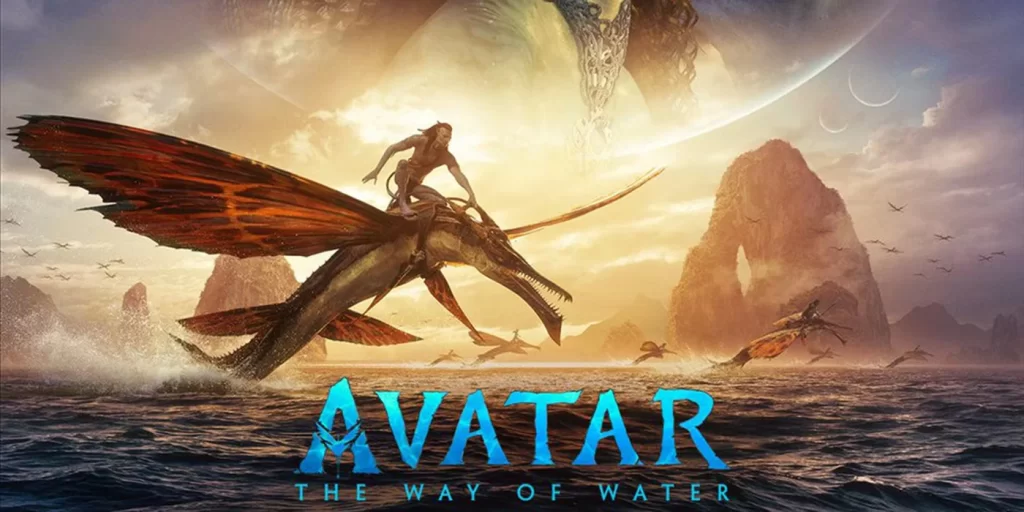
UNDERWATER SHOOTING
During the early stages of pre-production, Cameron was determined to shoot the film underwater, but the necessary motion capture technology did not yet exist. This was a significant factor in the delay of the film. The main issue was the mirror-like reflection of objects in the water surface, which was solved by using plastic balls to block light from entering the water.
THE TANK & KATE WINSLET HOLDS BREATH FOR 7 MINUTES
The entire underwater world in the film was created in a large water tank that held 900,000 gallons of water. Underwater shots are difficult to execute because actors cannot use scuba gear, as the bubbles interfere with the cameras. Therefore, everyone involved in the production had to be trained in free diving. Actress Kate Winslet was particularly skilled at this, breaking Tom Cruise’s record by holding her breath for over seven minutes.
CREATING THE AVATAR WORLD
The process of creating the Avatar films is highly complex and involves creating a “template,” which captures lighting and camera movement during the shooting process. This template is then given to animators who use algorithms and multiple layers of animation to bring it to life. Cameron then hands it over to apply algorithms and layers of animation to bring the template to life. His team then turns this template data into a 3D CG character while building the world around them which comes with all sorts of AI steps.
THE INDIGENOUS LANGUAGE OF AVATAR
The Na’vi language was created specifically for the movie Avatar by linguists Paul Frommer and Dr. Eric S. Boulanger. Frommer served as the primary linguist on the movie, working with the actors to help them learn and speak the language, and also served as a consultant on the movie’s depiction of the Na’vi language and culture.
CREATING THE CHARACTERS
The Na’vi people in the movie Avatar were created through a combination of live action performances, motion capture, and computer-generated imagery (CGI). Before the CGI Na’vi characters were created, sculptors created physical models of the characters in clay. These clay models served as a reference for the designers and animators who were responsible for creating the digital versions of the characters for the movie. The process of creating the Na’vi characters involved a number of different steps, including designing the characters’ appearance, capturing the actors’ performances using motion capture technology, and then using computer-generated imagery to bring the characters to life on screen.
COSTUME DESIGN
According to interviews with the costume designers and crew members involved in the production of the movie Avatar, the Na’vi outfits worn by the actors in the film were handmade on set. The process of creating the costumes involved a number of different steps, including designing the outfits, creating patterns, and then constructing the finished costumes by hand. The costumes were made using a variety of materials, including leather, fur, and other fabrics, and were designed to be functional as well as aesthetically pleasing. The costumes were also trialed on real life models to ensure that they fit properly and moved naturally.

